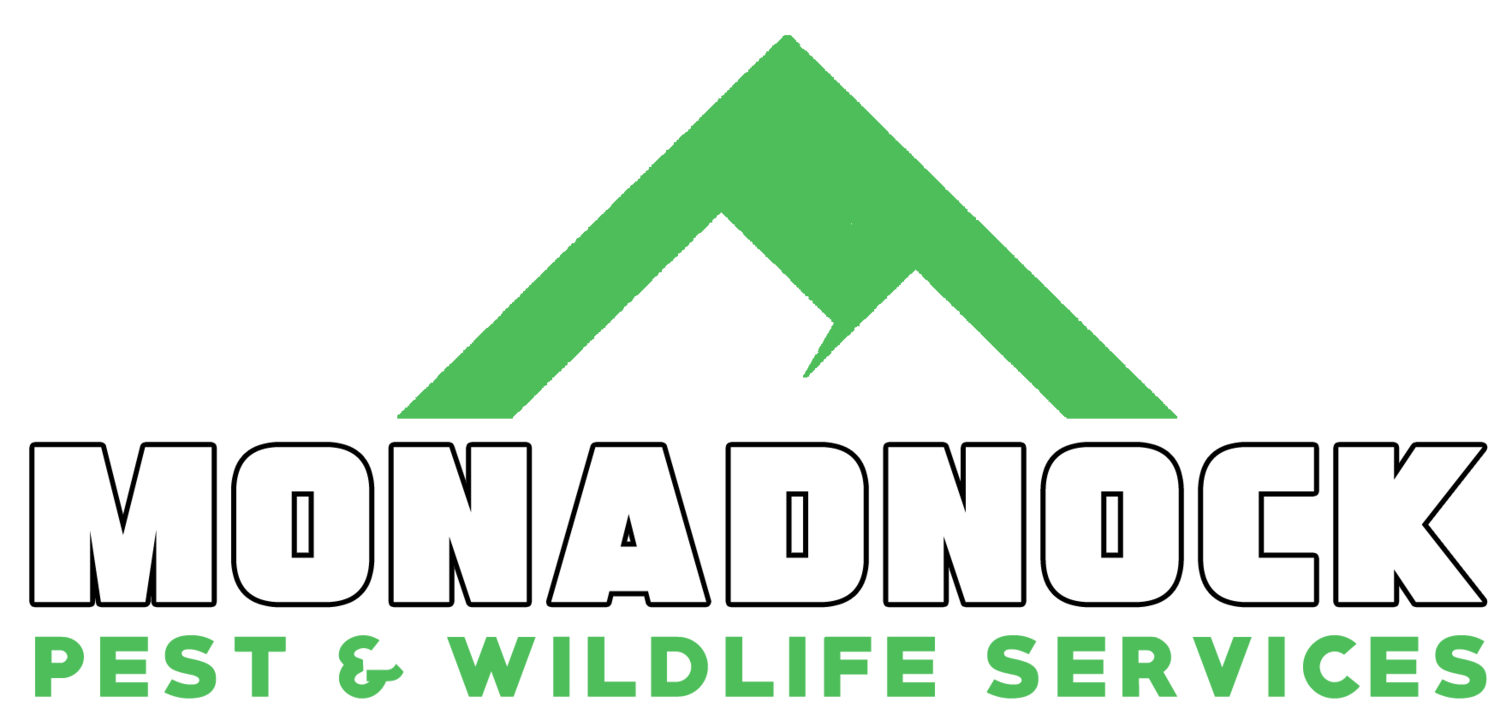Ants Around The Home: A Brief Summary
The following article originally appeared in the May 2023 issue of the New Boston Beacon publication. The author has re-posted here with permission.
As spring trends onward into summer, New Hampshire’s local flora and fauna awakens with new life and blooms into cyclical rhythms. Birds sing their song of spring, flowers bloom, many mammal species are caring for new litters of offspring (which are now growing independent as summer progresses) and an explosion of new insect abundance takes hold on the landscape, in a bid to establish their seasonal motions.
One such insect is the family Formicidae -commonly known as ants!
Know Thy Enemy
New Hampshire is home to many ant species. Most are found outside in their natural habitat - species of field ants, such as the Allegheny Mound Ant, and the characteristic bright orange Citronella Ant, are but an occasional lawn nuisance otherwise relegated to the exterior landscape; under boulders, leaf litter and downed trees.
There are, however, a few popular ant species we’re acquainted with finding inside our homes.
The “sugar ants” as referred in local Yankee dialect, are broken into two species; the Pavement ant (Tetramorium caespitum), and the Odorous house ant (Tapinoma sessile). These ants are found on counter tops or along baseboards seeking out sweets and proteins in their stereotypical single-file “conga lines”.
Pavement ants in particular are notorious (as the name implies) for pushing up small mounds of sand in walkways and patio areas. While these species may pose frustration for people inside home kitchens and restaurants, their impact as a structural pest is usually limited to an inconvenience.
Home Risks
Some ant species can actually cause some significant structural damage if left to their own devices.
Acrobat Ants present on a basement sill wall. (Photo | Monadnock Pest)
The Acrobat ant (Crematogaster spp.), and the infamous Carpenter ant (Camponotus spp.), can create immense grief for the homeowner once inside our homes. Damage to wood and insulation in their quest to mine for colony galleries inside the walls of a building can have costly results.
The Acrobat Ant, which is small like our above-mentioned “sugar ants”, gets its name from bending its abdomen backwards when irritated. Individuals are identified primarily by their spade-shaped abdomen when viewed from above. These ants can pose minor threats to building materials such as insulation, pre-damaged wood (rot) and wiring as they excavate the material for nesting.
Of all, the Carpenter Ant is arguably the most prolific household pest in New Hampshire. A polymorphic species, the colony has several sizes ranging in caste systems from workers and foragers to soldiers, reproductives, and of course, the queen. An established colony may contain 3,000 or more adult individuals. The size of each worker ant in the colony determines their responsibilities. The smallest members of the colony are tasked with taking care of larvae and foraging for food. Over 24 subspecies of Carpenter Ants exist in the United States, with two primarily being found here in New Hampshire.
Unlike termites, ants aren’t actually eating the wood and materials they’re nesting in; rather, they mine wood and insulation to create nesting galleries. This behavior can have significant structural fatigue to window frames, support beams, stressed skin panel Styrofoam, decks, stairs, and other integral aspects of our home’s construction.
What Can You Do?
Monadnock Pest Services field professional, Tim, treating a New Hampshire home for ants. (Photo | Monadnock Pest)
So how can the average homeowner defend your most expensive real estate investment? There are some small tasks to help reduce the presence of ants.
Tree stumps, landscape mulch, water-damaged trim and clogged gutters are just a few of the many attractors that bring ant colonies to your structure. Finding (and addressing) the source of your ant issue depends greatly on which species you’re dealing with.
Ants, like most living creatures, need food, water, and shelter to survive. Be sure to keep dense vegetation trimmed from the perimeter to allow air flow and deter harborage. Ensure proper drainage of groundwater and gutters away from the foundation. Go easy on the mulch beds, and, if possible, apply a 2 foot buffer of crushed stone between the foundation and ornamental beds to aid in drainage. Repair rotted wood trim in a timely manner and address leaks as they arise.
Additionally, having a seasoned insect pest professional properly identify exactly which species of ant is causing your issue can be paramount to remediation of the issue. Visit our Ant Control page to read more on how Monadnock Pest & Wildlife Services’ highly trained and experienced staff can address structural ant issues and stop home damage in its tracks!



